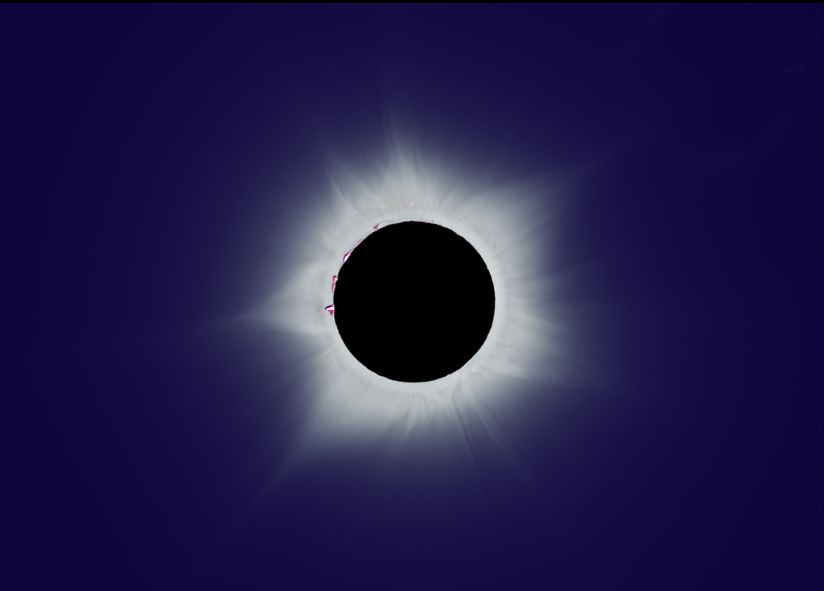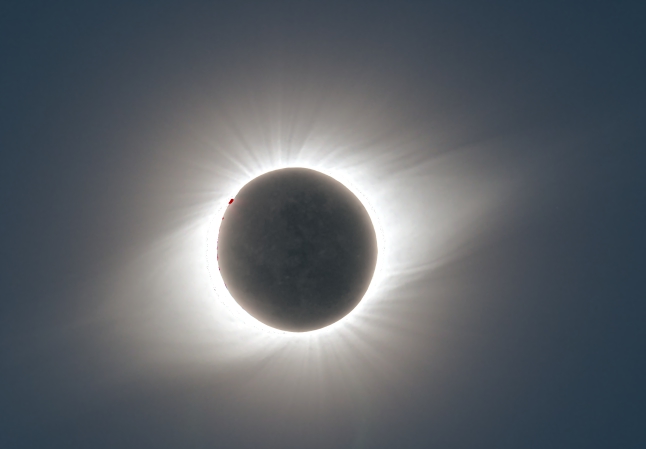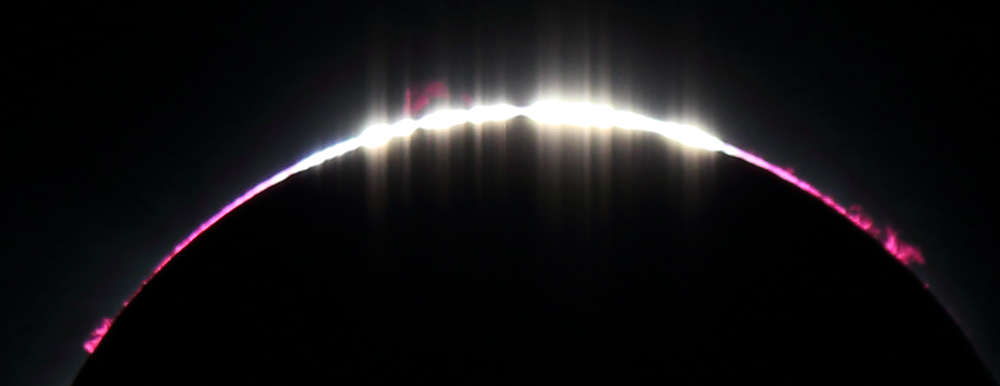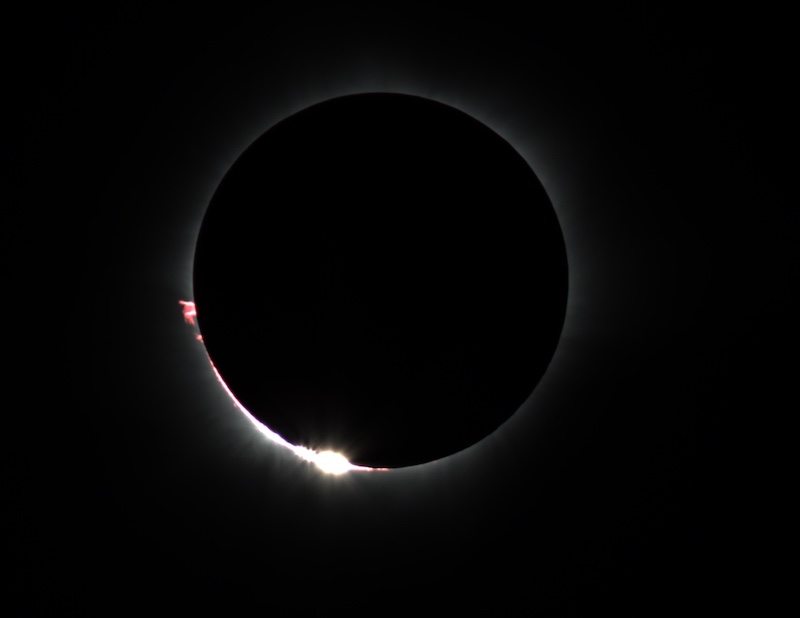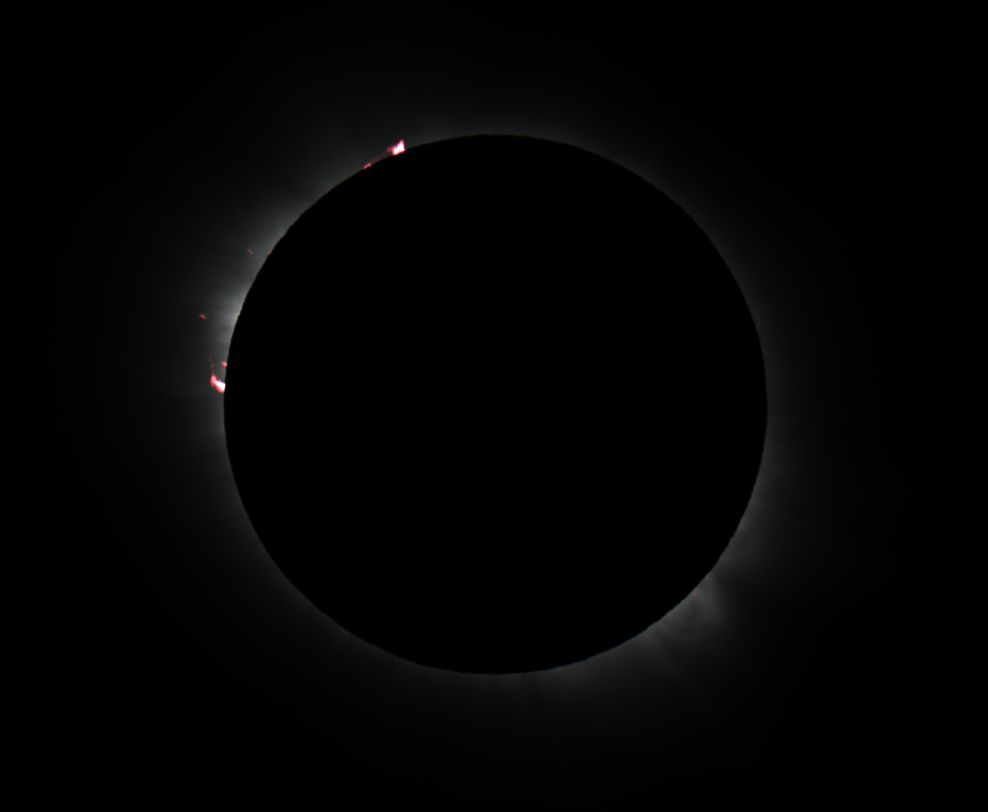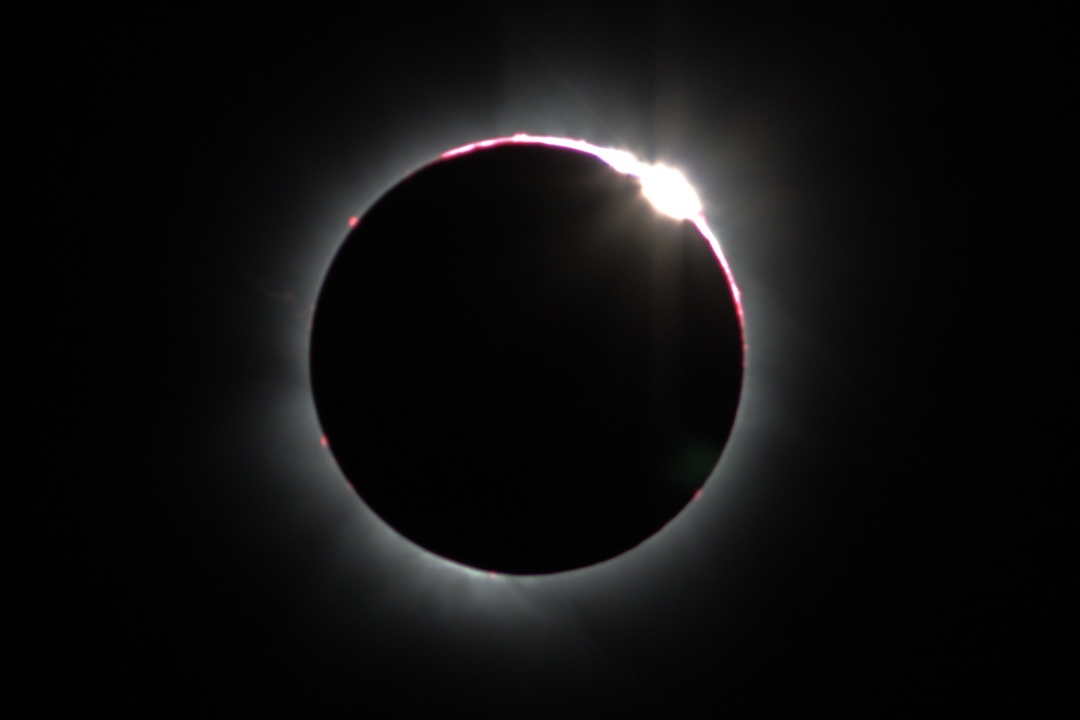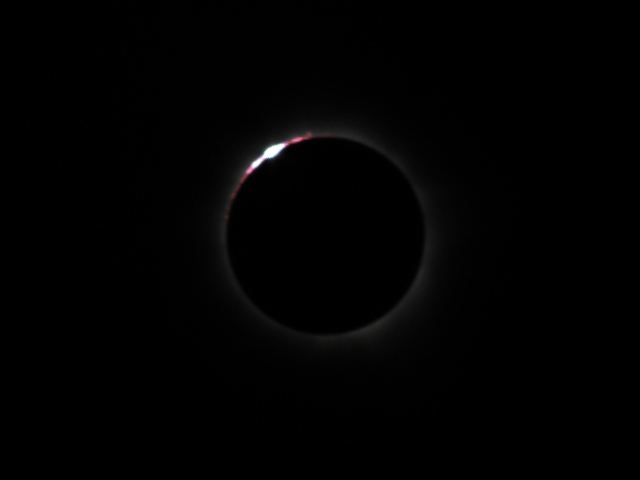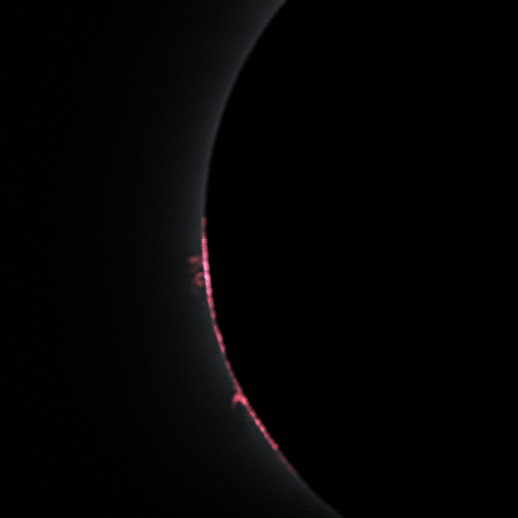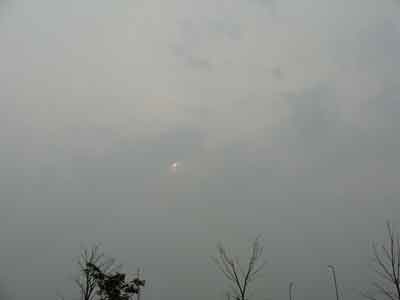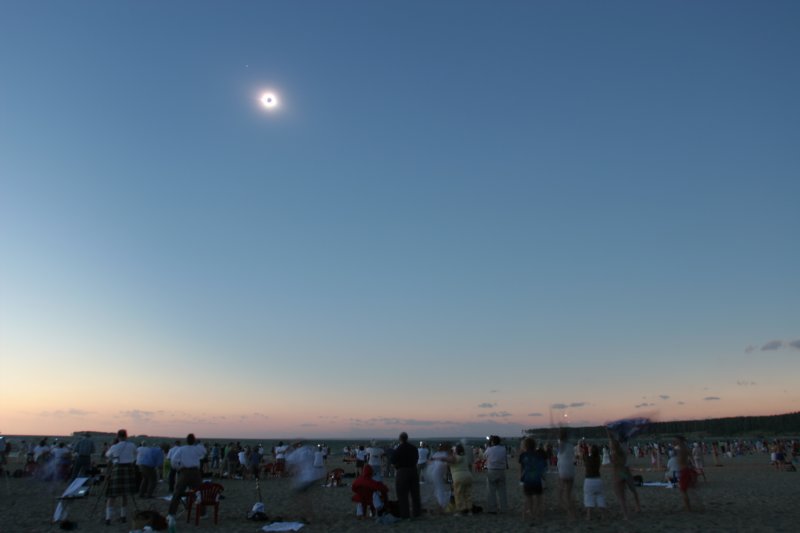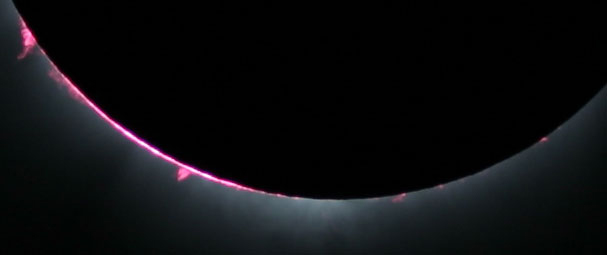Rob Hawley's Eclipse Page
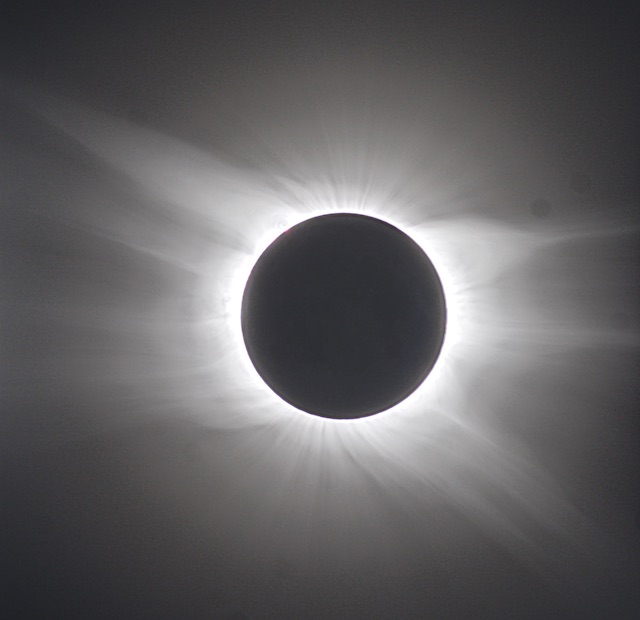
OK I am addicted.
Since 1999 I have been traveling the world chasing the shadow of the moon. The map to the right (below) shows all of the eclipses I have seen. The star is where I was. Tap for a larger version.
Total Eclipses I have Seen
This section presents some information on the eclipses I have seen. It also links to the pages that present the photos where I have not taken my own advice and spent time with a camera. I am listing these most recent first for obvious reasons. Use the menu above to move quickly to a particular eclipse.
2021 Antartica
Sat this one out.
2020 Argentina
COVID
Near Pitcarn Island
A short 30 second eclipse aboard a ship. Broken clouds up to C2, but the captain managed to put the ship so the sun was in a hole
Had camera problems, but was smart and gave it only a single try. I enjoyed the remaining 20 seconds with my eyes. I left the solar filter on since the clouds disrupted my setup.
2003 Antartica
Sat this one out.
Indian Ocean off Mozambique
On board the Marco Polo. Like in 1999 we had problems. This time the ship waited until the last minute to race to clear skies. We didn't make it, but at least the clouds were not too thick.
2nd bad experience on this ship! I do not recommend this ship. If you are going to view from a ship make sure the eclipse is a priority for them!!
Zambia
A wonderful eclipse from a farm north of Lusaka.
Spent too much time fussing with the camera (which had dead batteries). Hence some of the advice in my lectures.
Black Sea
A wonderfully clear sky, but the captain turned the Marco Polo at the last minute. Oops for all those who had aligned their tripods.
Virginia Beach, Virginia
My first from an airport in Virginia Beach!
Got a gorgeous picture of the diamond ring that hung on my parent's wall for nearly 30 years. Sadly it was lost in a move.
Annular Eclipses I have Seen
2012 Stilwell, Nevada
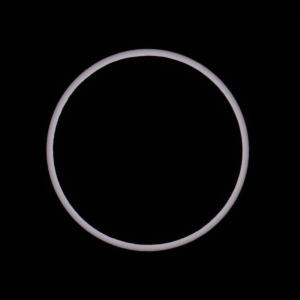
2012 Annual Eclipse
While not as spectacular as a total eclipse since there is no totality annular eclipses are still interesting. But I would not travel to Zambia to see one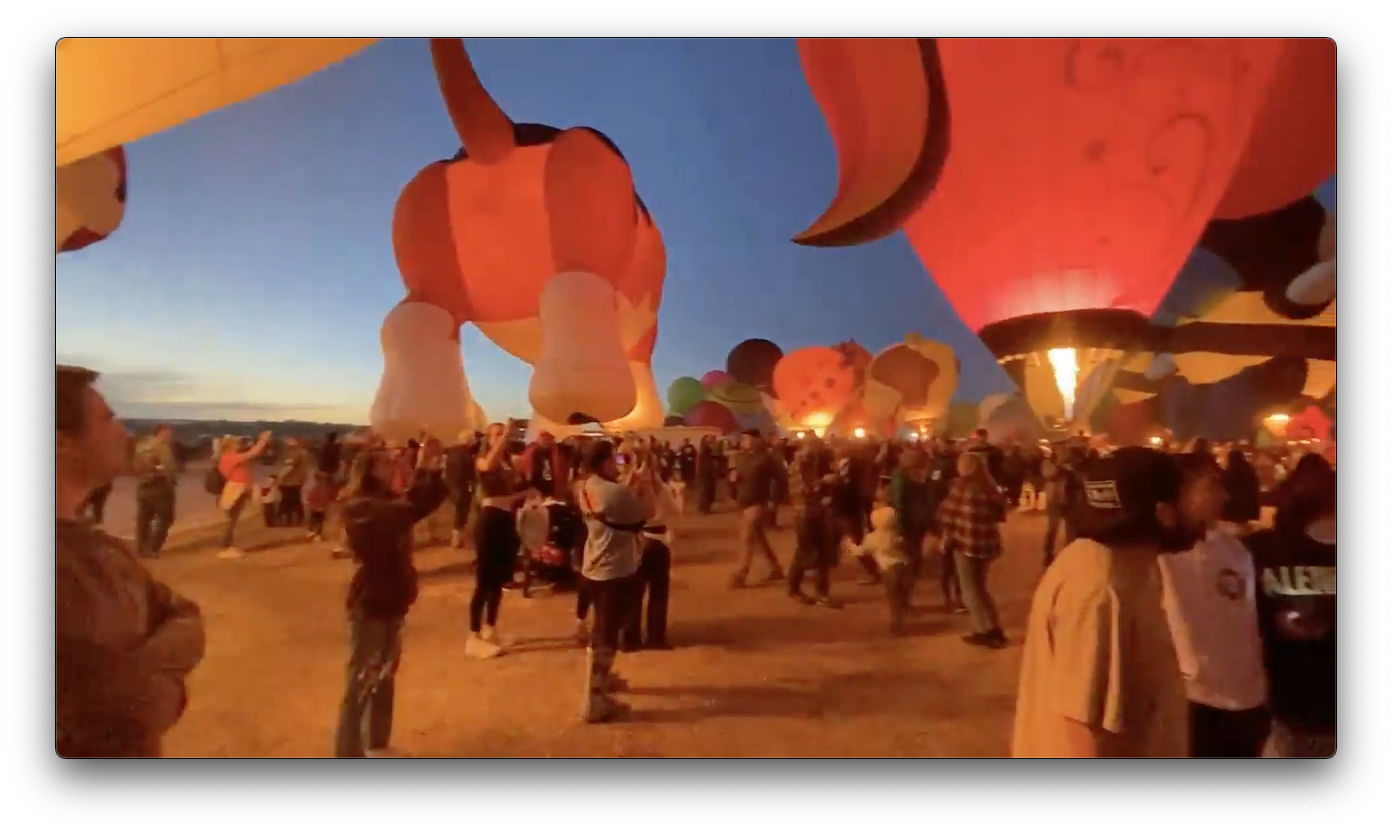
2023 Annular Eclipse
Another US annular that happened to overlap the annual Balloon FiestaEclipse Education
Seeing Your First Eclipse?
- Put you camera away. Others will have brought heavy, expensive, and complicated equipment. You should spend your time watching.
- Covering one eye with an eye patch for an hour will allow you to be dark adapted. While it gets dark as it get nearer to totality this is your only hope at being fully dark adapted. Don't remove the patch until you see that totality has started using your other eye.
- Pay attention to the crowds and the horizon. This is easier for a long eclipse.
- Star Charts will generally be published - ignore them. Look for stars at night.
- Give a quick look for planets though. They should be obvious.
- Binoculars will help you to see the fine detail. Just be sure to only use them during totality (or use proper filters).
About Eclipses
Anyone that is interested in eclipses should consult Fred Espenak's page
When a moon gets between its planet and the sun then the moon casts a shadow on the planet. This is no different from holding your hand in front of you and noticing the shadow on the ground. This shadow is rather complex, but this is discussed below.
Eclipses on the earth were once the subject of shamans and superstition. Even today in many countries well meaning local press put fear into their citizens that sunlight during an eclipse is somehow dangerous. (The extreme stories try to discourage people from looking at the sun before and after totality).

Eclipses happen wherever moons cross in front of the sun. The only other planet that has easily observable eclipses is Jupiter. Jupiter’s moons regularly cross between the planet and the sun.
Sky and Telescope publishes tables of these eclipses each month. Many Planetarium programs will generate predictions on Jupiter Eclipses.
Eclipse Months
However, we are concerned with eclipses on Earth. Eclipses on the earth are so spectacular because the moon and sun have about the same apparent size in our skies. This allows the moon to mask the brightest parts of the sun while not masking the corona.
There are two “Eclipse Months” each year. During each of these lunations either or both a solar eclipse (when the moon is between the sun and earth) or a lunar eclipse (when the earth is in between) can occur. This variability is due to the way the moon orbits the earth. The plane of the moon’s orbit is tilted by about 5° relative to the plane of the earth’s around the sun. The orientation of the plane is fixed. 12 lunations is not exactly a year so the plane drifts relative to the earth. We all know that because the calendar date of the new moon varies from year to year.
Eclipses can happen when the plane of the moon’s orbit crosses the plane of the earth’s. This happens 24 times each year. However, in only two months of the year is there a chance that the earth, sun, and moon will properly align. At other times the crossing is not oriented correctly. The figure at the left shows how the orbits of the moon and sun intersect during totality. Clicking on the figure will show a brief movie of the eclipse occurring
In 2008 two solar eclipses occurred (Feb 7 and Aug 1) and two lunar eclipses (Feb 21 and Aug 16). Not every year has all four events. This movie shows the moon's path between Nov 2007 and Aug 2008. It slows to show the Feb 7 and August 1 eclipses. At other new moons the moon is above or below the plane of the sun.
Even during these “Eclipse Months” there are no guarantees. One of the caveats is that the orbit of the moon is an ellipse not a circle. Thus the moon is sometimes closer and sometimes further away. If it is just slightly further away the moon will not completely cover the brightest parts of the sun. This causes an “annular” eclipse.
While eclipse addicts such as myself only focus on the area of totality the shadow is more complex. than just a simple shadow. If you look at the shadow of your hand on a sunny day you will notice the edges are indistinct.

Since the sun is not a point source of light, one edge of the sun is illuminating areas that are hidden by the other. Similarly only a narrow band on the earth is fully in the shadow of the moon. In the rest some portion of the sun remains visible. These areas experience a partial eclipse. In 2008 this partial eclipse extended from the center line in Russia all the way to southern France, Greece, and Israel!
The track of the shadow over the earth varies greatly. Since the plane of the moon’s orbit varies relative to the tilt of the earth, and the direction to the sun, the path of totality varies. The path repeats in regular cycles discussed here.
Next US Visible Total Eclipse
Don’t want to travel to exotic locations to see one of these? Miss the 2017 Eclipse? Don't worry. On April 8, 2024 the track will be accessible by car. The track will enter the US in Texas, pass through the Midwest, and finally exit in New England.
Just want to stay at home in San Jose? You are going to have a wait! The next total eclipse visible from San Jose is in 2252!
Visiting an Eclipse
Eclipses attract a crowd of regulars. Trips tend to book quickly.
